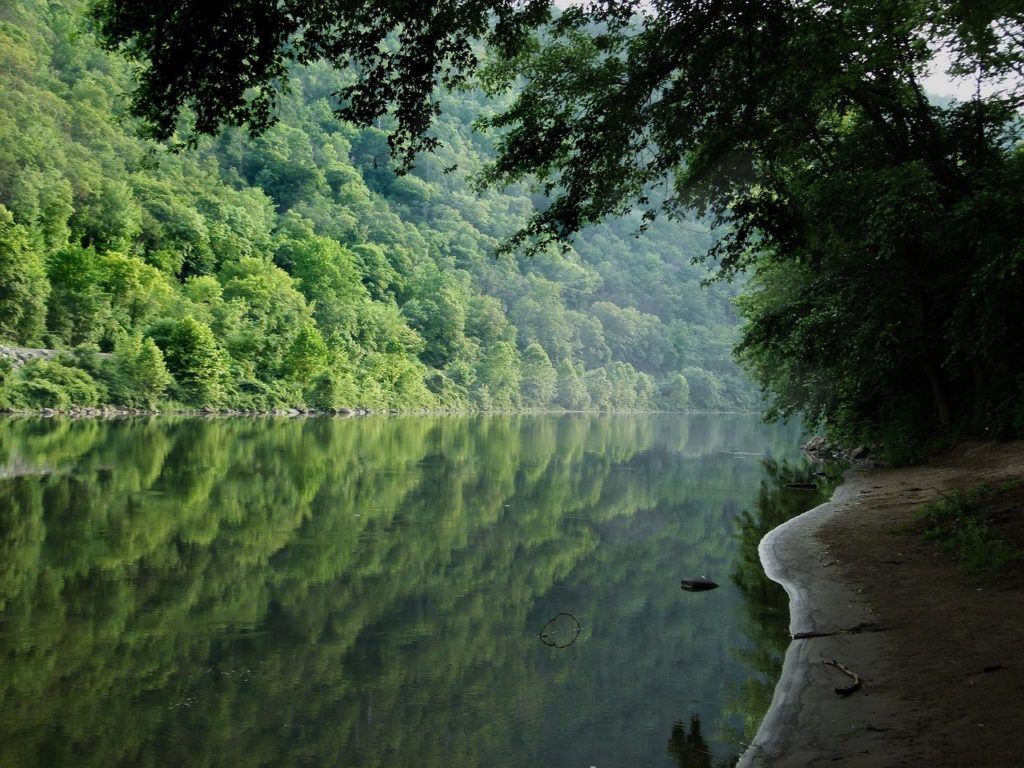
Article Summary: New Jersey National Parks
New Jersey National Parks! We’ve got eleven incredible national park sites for you to see on your next visit to The Garden State.
I’m a native New Yorker who’s spent plenty of time next door in the beautiful garden state of New Jersey.
I’ve been to so many of these amazing places since retiring from teaching in 2018. Did I mention that I taught history? I spent a lifetime teaching about the history behind these momentous sites. Then I got to see them firsthand. And now I’m sharing the stories of these incredible places with you. It doesn’t get any better than that!
We’re going to give you 11 wonderful reasons why you’ll want to make New Jersey your next vacation destination.
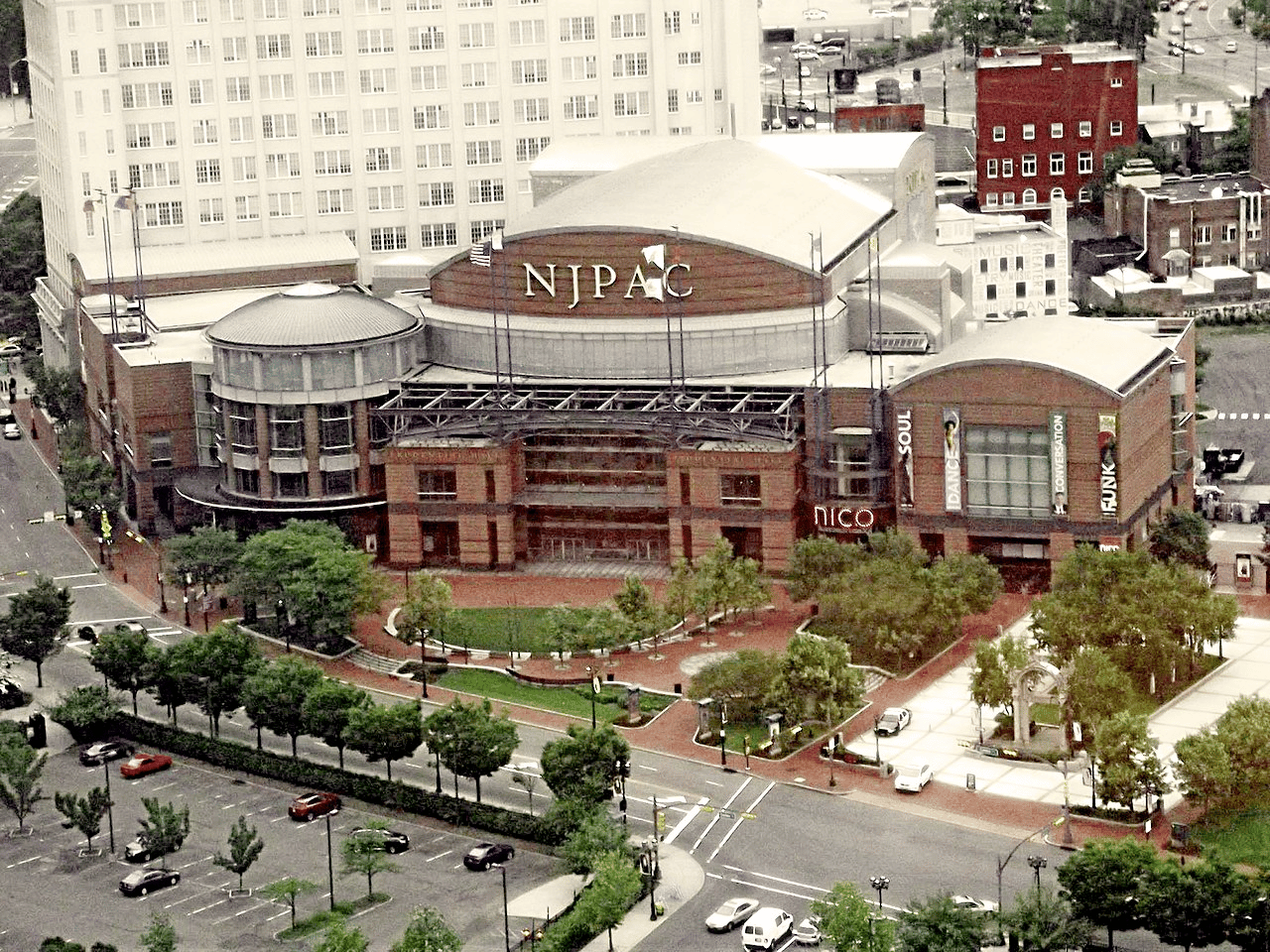
So, What Is A National Park?
We get asked that question a lot because there’s a difference between a “national park” and a “national park site.” To help you understand that difference you might want to check out our article titled: What Is A National Park Really?
If you’re planning a trip to New Jersey then one book that I recommend is: New Jersey Off the Beaten Path: A Guide To Unique Places by Bill Scheller & Kay Scheller.
Now without further ado, let’s dive in.
Table Of Contents: New Jersey National Parks
New Jersey National Parks
1. Appalachian National Scenic Trail
The New Jersey National Parks include the longest hiking trail in the world.
The Appalachian National Scenic Trail (AT) is a 2,190-mile long hiking trail that runs from Springer Mountain in Georgia to Mount Katahdin in Maine.
It was first conceptualized by Benton MacKaye in 1921, and was officially completed in 1937 after more than a decade of work by volunteers and the Civilian Conservation Corps.
The trail was designated as the first National Scenic Trail by the National Trails System Act of 1968, and has since become one of the most popular and well-known long-distance hiking trails in the world, attracting millions of visitors every year.
Over the years, the AT has been maintained and protected by various organizations, including the Appalachian Trail Conservancy, which was established in 1925.
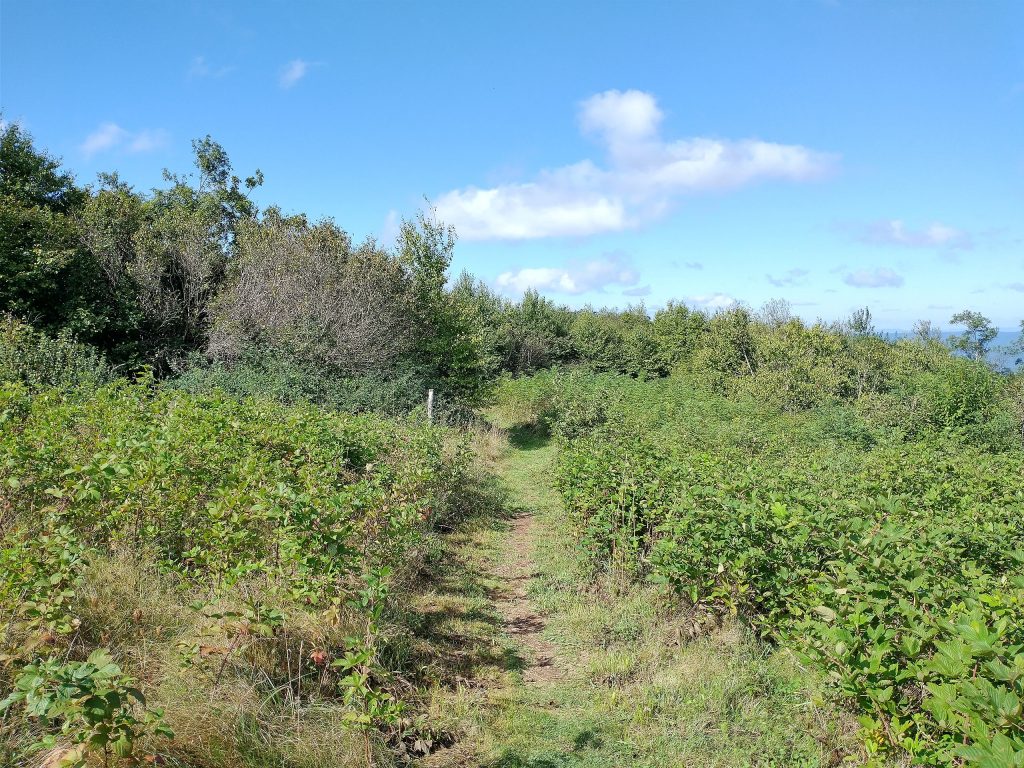
Things To Do
The Appalachian National Scenic Trail (AT) is a popular destination for outdoor recreation, including:
- Hiking: The AT is primarily used for long-distance hiking, with thousands of people hiking the entire trail or sections of it each year.
- Camping: There are many camping opportunities along the AT, including designated campsites, shelters, and backcountry camping.
- Scenic views: The AT offers stunning scenic views of the Appalachian Mountains, forests, and countryside.
- Wildlife watching: The AT passes through a variety of habitats, providing opportunities to see a wide range of wildlife, including birds, deer, black bears, and other animals.
- Rock climbing: Some areas along the AT, particularly in New England, offer opportunities for rock climbing and bouldering.
- Fishing: There are many streams and rivers along the AT that offer fishing opportunities for trout and other species.
- Snow sports: In winter, some parts of the AT are popular for cross-country skiing, snowshoeing, and sledding.

2. Delaware Water Gap National Recreation Area
The Delaware Water Gap National Recreation Area is a protected area located in the states of New Jersey and Pennsylvania. It is situated along the Delaware River and covers over 70,000 acres of land.
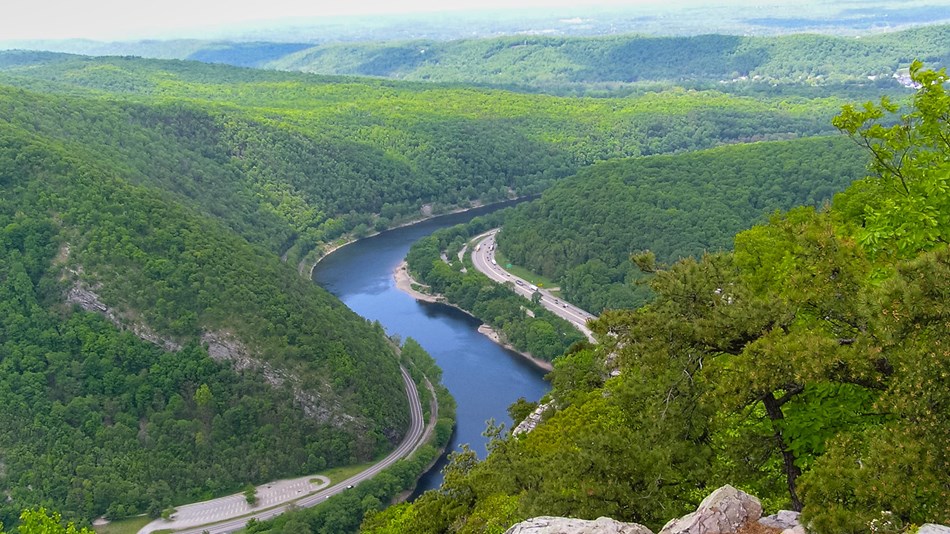
The Delaware Water Gap is a popular destination for outdoor enthusiasts due to its scenic beauty, abundant recreational opportunities, and rich cultural and historical significance.
The park offers a variety of recreational activities such as hiking, camping, fishing, boating, and wildlife viewing. There are over 150 miles of trails, including the famous Appalachian Trail, which passes through the park.
The Delaware River is a major attraction within the park, offering opportunities for boating, fishing, and rafting. The park also features several historic sites, including the historic Delaware Canal, which dates back to the late 1700s and was once used for transportation and commerce.
The park’s diverse landscape is home to a wide variety of plant and animal species, including over 200 species of birds and numerous species of mammals, reptiles, and amphibians. The park’s forests, wetlands, and meadows provide important habitat for wildlife and help to maintain the delicate balance of the ecosystem.
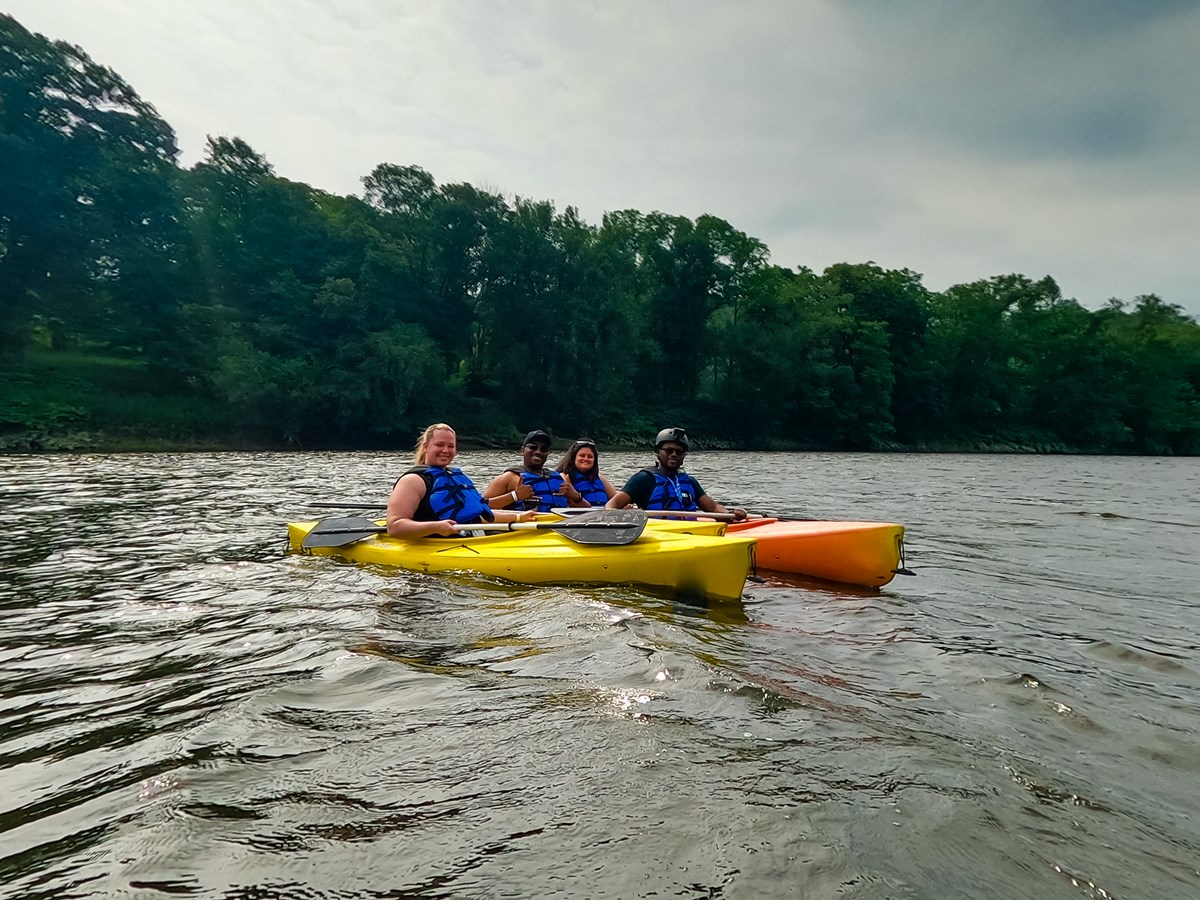
Check Out: 4 AMAZING Delaware National Parks
3. Ellis Island
Among the New Jersey National Parks is a place which played an important role in the history of the United States.
Ellis Island has a rich and complex history. Here’s a brief overview:
- Pre-European: The island was originally inhabited by the Lenape Native American tribe.
- 1600s-1700s: The Dutch, British, and American colonies all laid claim to the island at various times.
- 1800s: The island was mostly used for military purposes, including as a defense fort during the War of 1812 and as a military prison during the Civil War.
- 1892: The island was designated as the site of the first Federal immigration station in the United States.
- 1892-1924: During this period, over 12 million immigrants passed through Ellis Island, undergoing medical and legal inspections before being allowed to enter the country.
- 1924-1954: The immigration station was closed, and the island was used for various purposes, including as a hospital and a military detention center.
- 1965: The island was declared a National Monument and placed under the jurisdiction of the National Park Service.
- 1990s: A major restoration effort was undertaken, and the main building was opened as the Ellis Island National Museum of Immigration.
Today, Ellis Island is a popular tourist destination, attracting visitors from all over the world who come to learn about the history of immigration in the United States.
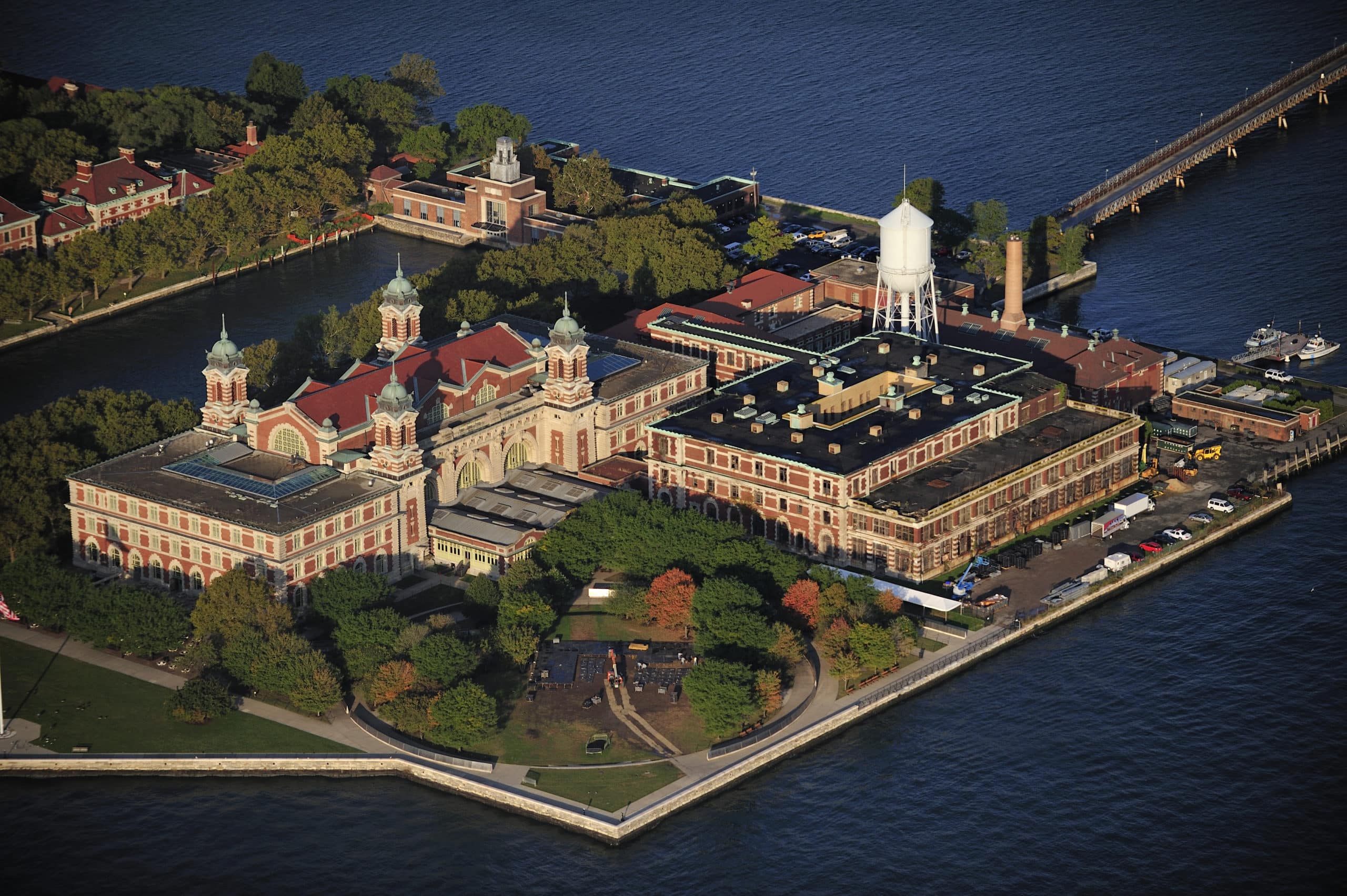
It Was A Large, Imposing Building
The main building on Ellis Island was a large, imposing structure that housed the various processing and examination areas for incoming immigrants.
The process of being inspected and cleared for entry to the United States could take several hours or even days, and many immigrants were detained on the island for medical or legal reasons. The island also had facilities for temporary housing, hospitals, and a detention center.
Ellis Island was the main point of entry for millions of immigrants to the United States, particularly from southern and eastern Europe, until the 1920s, when the federal government implemented quotas that greatly restricted the number of immigrants allowed into the country.
The island continued to be used as a processing center for immigrants and as a detention center for those deemed inadmissible, but its role diminished over time.
In 1954, the immigration station on Ellis Island was closed and it was transferred to the control of the National Park Service, which opened it to the public as a museum in 1990.
Today, the Ellis Island Immigration Museum is one of the most visited tourist destinations in New York City, and it is a National Monument and a part of Statue of Liberty National Monument.

Things To Do
Ellis Island is now a museum and a National Park that offers a variety of things to do, including:
- Tour the Main Building: Visitors can tour the restored main building, which houses the Ellis Island National Museum of Immigration. The museum includes exhibits, artifacts, and interactive displays that tell the story of immigration to the United States.
- Explore the Grounds: Visitors can stroll around the grounds and gardens of Ellis Island, taking in the views of the Statue of Liberty and New York Harbor.
- Genealogy Research: The museum has a vast collection of immigrant records, making it a popular destination for genealogy research.
- Audio Tour: Visitors can take an audio tour of the museum and the grounds, learning about the history of the island and the immigrant experience.
- Ferry Ride: Visitors can take a ferry ride to and from the island, enjoying views of the Statue of Liberty and New York Harbor along the way.
- Special Programs and Events: Ellis Island hosts a variety of special programs and events throughout the year, including guided tours, educational programs, and cultural events.
Check Out: 10 BEST National Parks In New York City
More New Jersey National Parks
4. Gateway National Recreation Area
One of the lesser known, but breathtaking New Jersey National Parks is Gateway National Recreation Area.
Spanning 27,000 acres from Sandy Hook in New Jersey to Breezy Point in New York City, Gateway National Recreation Area is both the gateway from the ocean into New York Harbor, and the gateway to the National Park Service for millions of visitors every year. Gateway offers green spaces and beaches alongside historic structures and cultural landscapes.
There’s so much to see and so much to do at this magnificent recreation area.
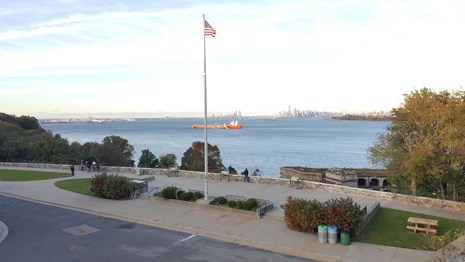
Outdoor Activities at Gateway
Outdoor activities at Gateway include the following:
- Archery: The Floyd Bennett Field archery range is open from daily between Feb. 1 and Nov. 30, and closed from Dec. 1 through Jan. 31. You must have a permit for archery.
- Bicycling: Bicycling is a great way to see Gateway National Recreation Area. There are multi-use paths and greenways in all three units of the park. Class 1 and Class 2 E-bikes are also allowed on routes open to traditional bicycles throughout Gateway.
- Bird Watching: Gateway hosts more than 325 species of birds. Some are migratory, others are here year-round. If you’re new to birding there are programs for beginners at both the Jamaica Bay Wildlife Refuge and Sandy Hook.
- Boating: Hand-launched privately-owned small boats (canoes, kayaks, and rowboats) may be launched from various sites around the park. These sites include (but are not limited to) Floyd Bennett Field’s seaplane ramp, kayak launchs at North Channel Bridge, Riis Landing and Canarsie Pier and Beach Area C and Horseshoe Cove in Sandy Hook. (Source: NPS)
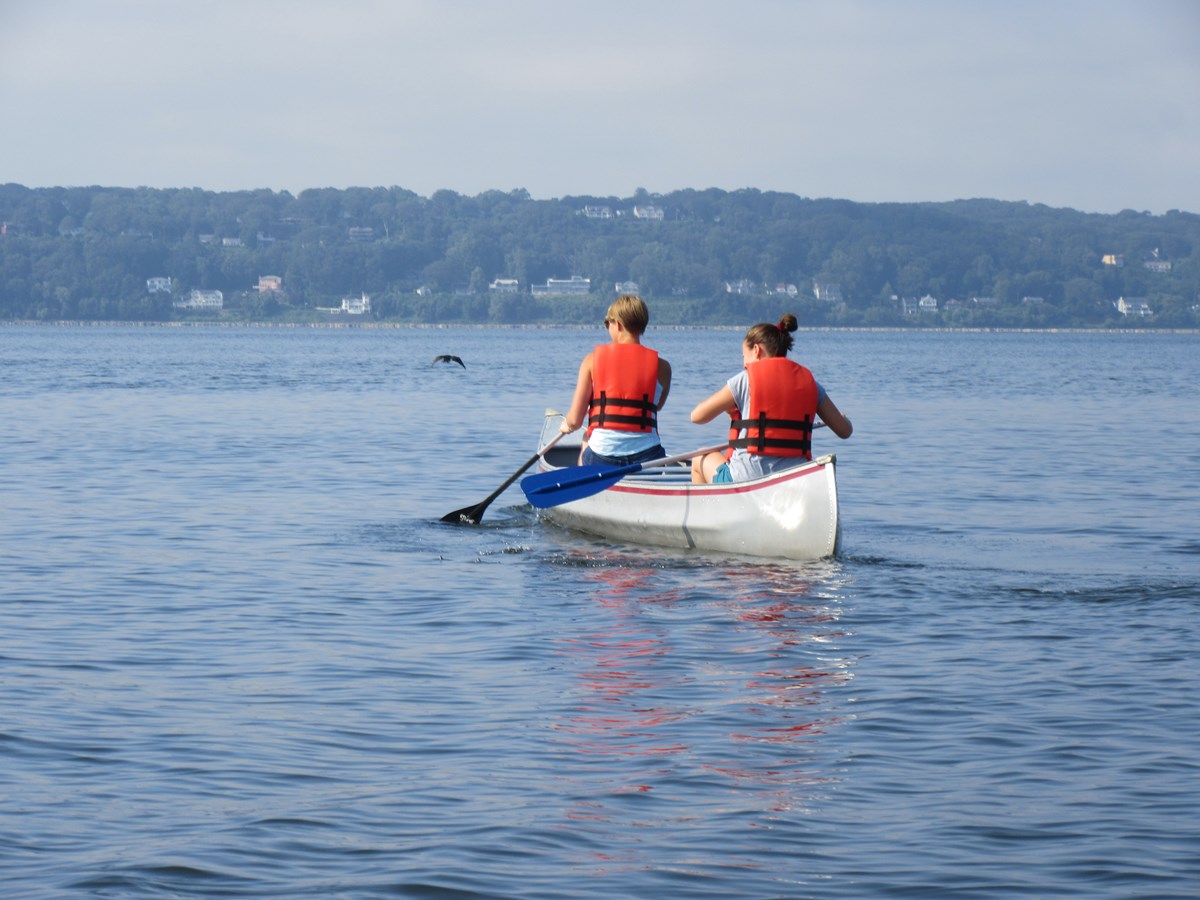
But Wait, There’s More
We’re not finished with all of the wonderful outdoor activities. If we haven’t found one that’s for you then how about the following:
- Camping: Up to four people may camp at a single site. Larger families and groups will need to reserve multiple camp sites. Sites are large enough for one large tent or two small tents. Capacity may be reduced for safety considerations. Fourteen nights is the maximum stay.
- Fishing: Saltwater fishing is the only type of fishing allowed at Gateway.
- Running & Walking: There are paths to run in each of the units. and both Great Kills and Sandy Hook have multi use paths.
- Swimming: Lifeguards are on duty at Great Kills Park, Jacob Riis Park and Sandy Hook from 10 am to 6 pm through Labor Day. There will be no lifeguards after Labor Day. Swiming is only allowed at lifeguarded beaches while lifeguards are on duty. (Source: NPS)
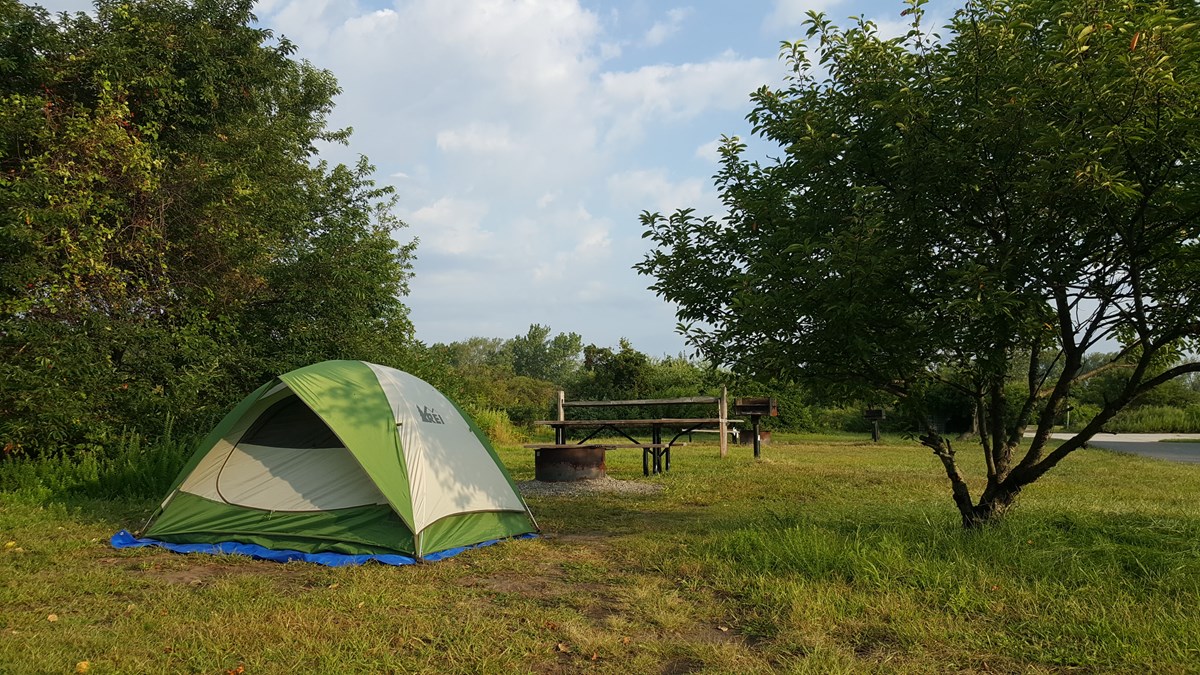
Check Out: 18 SURPRISING Massachusetts National Parks
Indoor Activities at Gateway
Indoor areas offer a great way to escape the outdoor weather and to learn more about the park areas. There are vistitor centers in all three units of Gateway that feature hands-on exhibits, bookstores, and rangers or volunteers available to answer questions. Click on each location below to learn about the facilities in each area.
The Jamaica Bay Wildlife Refuge and Sandy Hook Visitor Centers are open on Saturday and Sunday from 10 am to 4 pm. All other visitor centers, history houses, and ranger stations remain closed at this time. Visitor centers, history houses, and ranger stations are closed on Thanksgiving Day, Christmas Day, and New Year’s Day.

5. Great Egg River Harbor
Imagine a river system which picks up the waters of 17 tributaries on its way to Great Egg Harbor and the Atlantic Ocean. One of my favorite New Jersey National Parks is the Great Egg River Harbor.
Established by Congress in 1992, nearly all of this 129-mile river system rests within the Pinelands National Reserve.
Activities along this magnificent river include: Backpacking, Biking, Bird Watching, Boating, Camping, Fishing, Hiking, Hunting, Kayaking, Nature Walks, Stargazing, and Wildlife Viewing.
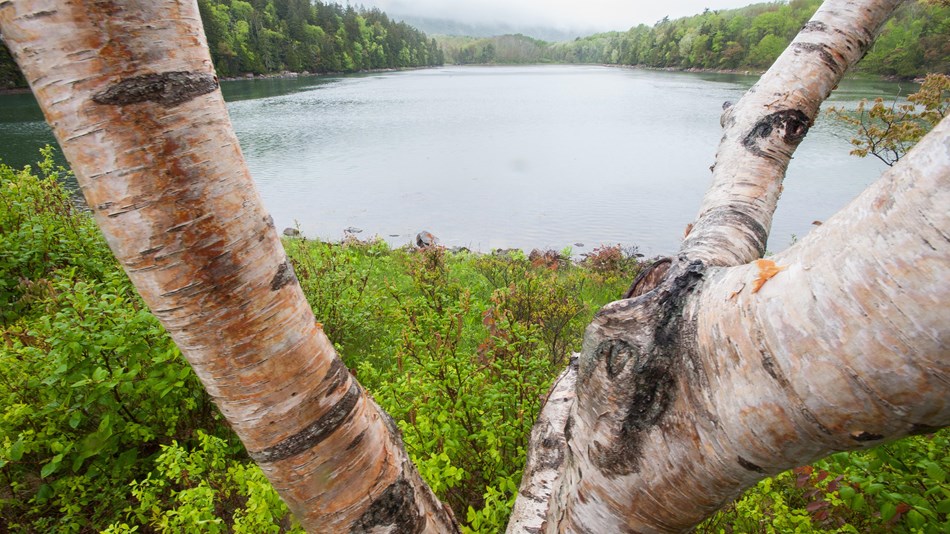
Check Out: 10 EPIC Ohio National Parks Worth Visiting
Still More New Jersey National Parks
6. Lower Delaware National Wild & Scenic River
As a retired history teacher and a lifelong history buff I love a good story. And the Lower Delaware National Wild & Scenic River has definitely got one!
It’s the largest free-flowing river in the eastern United States. The Delaware River runs past forests, farmlands, and villages, and it also links some of the most densely populated regions in America.
I spent four years as a child living in Easton, Pennsylvania, and fished every summer along the banks of this mighty river.
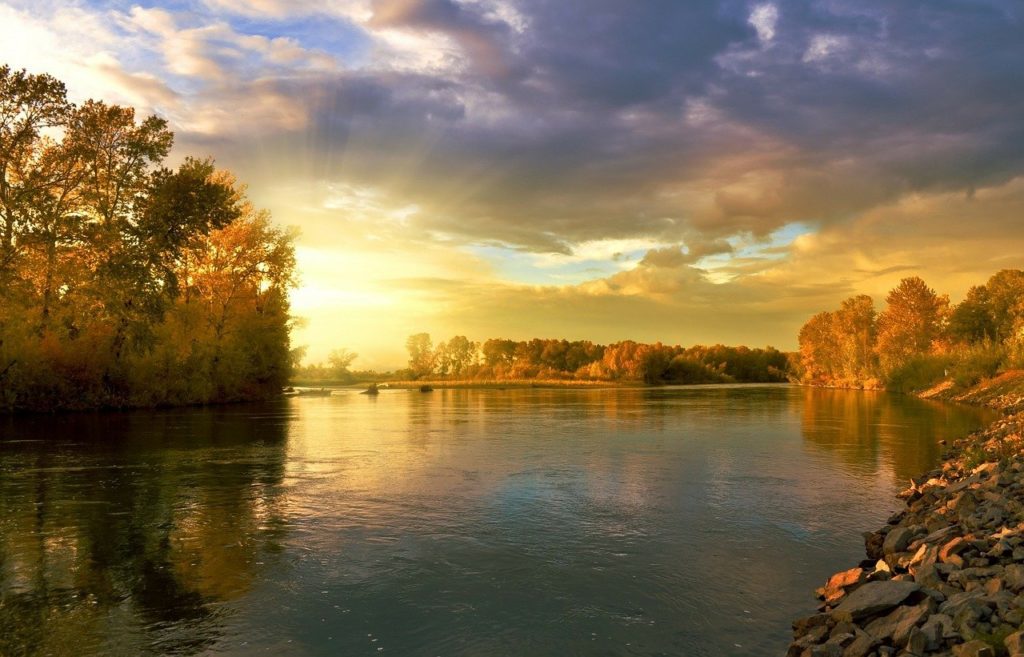
There’s History Too
I loved teaching about the Revolutionary War and one of my favorite battles was the one George Washington fought after his historic crossing of the Delaware River.
During the summer and autumn of 1776, the Continental Army under George Washington suffered a string of defeats in New York and northern New Jersey, necessitating the army’s retreat across the Delaware River to Pennsylvania.
Faced with expiring enlistments and plagued by inadequate supplies, on Christmas Day, 1776, Washington led 2,000 troops in a bold crossing of the Delaware River. Early the next morning, the Continental Army attacked the surprised Hessian garrison. Nearly 1,000 Hessians were captured, along with their cannon and supplies.
You can visit Washington’s historic crossing at Washington’s Crossing, N.J. and Washington’s Crossing, PA.

Check Out: 22 EPIC Pennsylvania National Parks Worth Visiting
7. Morristown National Historical Park
If you love history then the New Jersey National Parks will not disappoint you. A case in point is the Morristown National Historical Park.
The Morristown National Historical Park is dedicated to preserving and interpreting the important role the town played during the American Revolution. Here’s a brief overview of its history:
- 1777-1779: During the American Revolution, Morristown was an important military center, serving as the site of two winter encampments for General George Washington and the Continental Army.
- 1780s-1930s: After the war, Morristown became a prosperous industrial and commercial center, but its Revolutionary-era history was largely forgotten.
- 1933: The park was established as the first National Historical Park in the United States.
- 1935-present: The park has undergone several periods of expansion and restoration, including the restoration of several historic buildings and the addition of several monuments and memorials.
Today, the Morristown National Historical Park is a popular destination for visitors interested in American history and the Revolutionary War.
The park includes several historic sites, including Jockey Hollow, Fort Nonsense, and the Ford Mansion, as well as hiking trails, picnic areas, and a visitor center.
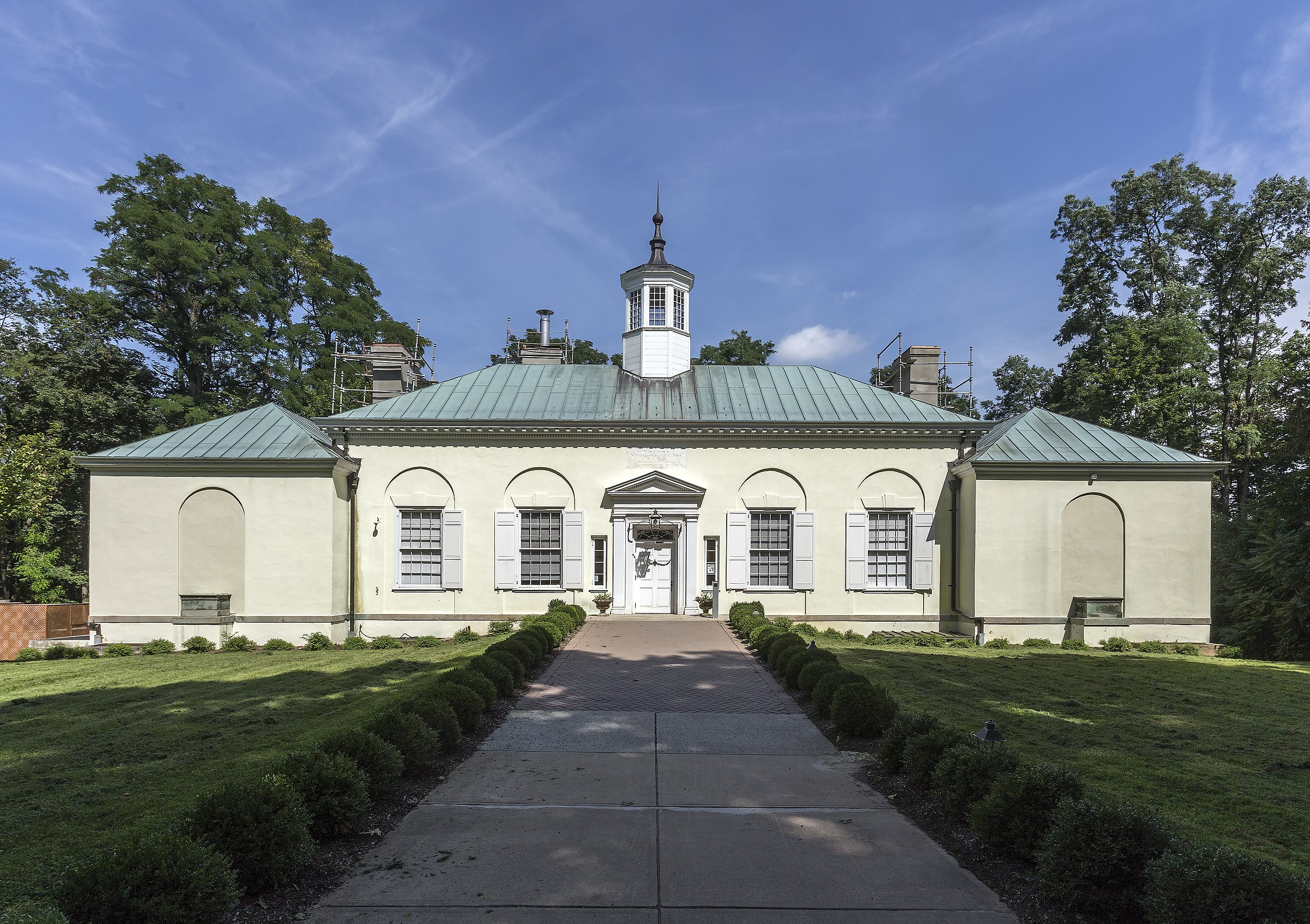
Check Out: 10 BEST Revolutionary War Sites In America
Outdoor Activities
It’s not just about the history however. This is a place where history and nature come together. Outdoor activities include:
- Hiking: The park contains roughly 27 miles of designated, marked, hiking trails. The 2.25 mile Yellow Trail connects the key historic and interpretive sites throughout Jockey Hollow. The White Trail/Grand Loop Trail is the longest trail in Jockey Hollow at 6.5 miles in total. Other hiking trails include the Blue Trail, 3 miles roundtrip, that has the best view from on top of Mt. Kemble.
- Biking: Bicycles are only allowed on the 3 mile long paved Tour Road. Off trail biking is not allowed in the park.
- Bird Watching: Many species of birds have been observed within the park. Some of the best areas to observe birds include the Wick House Orchard and in meadows throughout the park.
- Horseback Riding: Approximately 10.5 miles of designated horse trails are available to riders. (Source: NPS)

Check Out: These EPIC New Hampshire National Parks Are Worth Visiting
8. New Jersey Pinelands National Reserve
New Jersey’s nickname, The Garden State, is well earned. A case in point is the New Jersey Pinelands National Reserve.
The New Jersey Pinelands National Reserve is a unique and ecologically important area located in southern New Jersey. It is a designated National Reserve, a National Natural Landmark, and a United Nations International Biosphere Reserve.
Here’s a brief overview of its history and features:
- Geography: The Pinelands is a sprawling area of pine forests, wetlands, and coastal plains, stretching across over 1 million acres of land.
- Ecology: The Pinelands is home to a rich variety of plant and animal life, including many species that are unique to the area.
- History: The Pinelands has been inhabited by humans for thousands of years, and was a hub of commercial activity in the 1700s and 1800s.
- Protection: In 1978, the New Jersey Pinelands Commission was created to oversee the preservation and management of the Pinelands, and in 1979, the Pinelands National Reserve was established.
- Recreational opportunities: The Pinelands offers a wide range of recreational opportunities, including hiking, bird-watching, fishing, boating, and camping.
Today, the New Jersey Pinelands National Reserve is an important part of the state’s natural and cultural heritage, and is widely recognized for its ecological significance and recreational value.
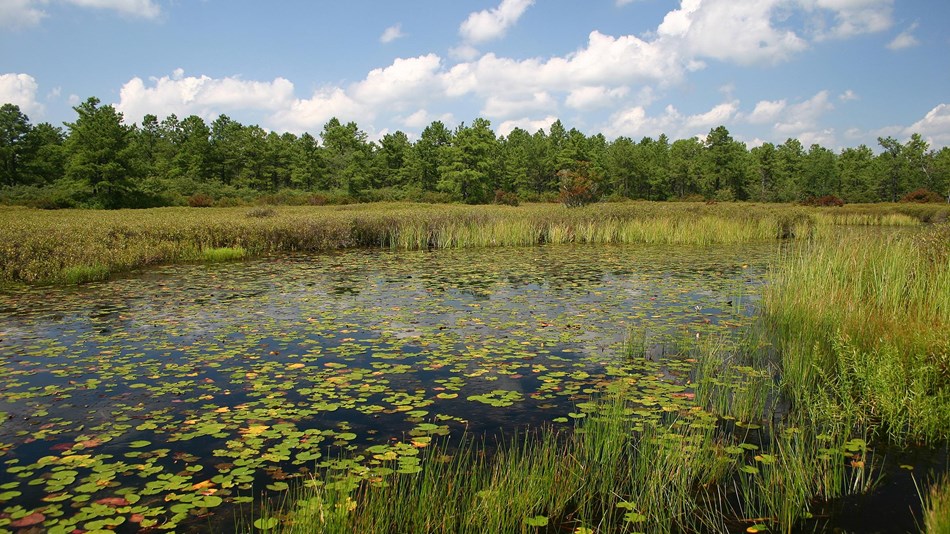
Check Out: Three EPIC Vermont National Parks For Your Visit To The Green Mountain State
9. Paterson Great Falls National Historical Park
New Jersey played an integral part in America’s Industrial Revolution. In 1792, Paterson was established. It was America’s first planned industrial city, which centered around the Great Falls of the Passaic River.
Visitors can take self-guided outdoor tours. Here you will find a National Natural Landmark, the Great Falls of the Passaic River.
There’s also a National Engineering Landmark. A walk through Upper Raceway Park takes visitors along the beginning of the raceway system and past just a few of the many mills that benefitted from it.
These raceways that were built in the late 18th- and early 19th-centuries, to take advantage of the nearby water power, were engineering marvels.

Check Out: 25 BUCKET-LIST Famous Landmarks In America (Must-See)
Still More New Jersey National Parks
10. Thomas Edison National Historical Park
How many national parks can boast a place which celebrates a wizard? I can only think of one – Thomas Edison National Historical Park. Of course the wizard in question would be the Wizard of Menlo Park.
Of the New Jersey National Parks, this one is my favorite because the story of Thomas Edison is a quintessentially American tale.
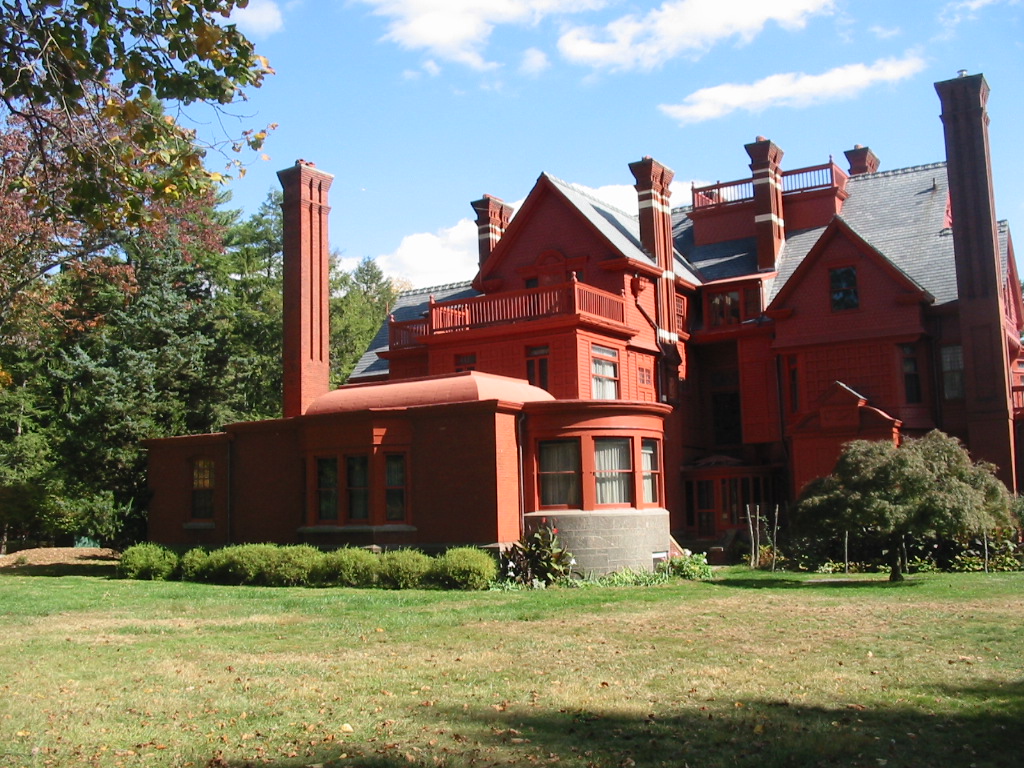
That’s the name which was given to man who brought the magic of electricity into peoples homes. Of course, he did far more than that.
One of the most famous and prolific inventors of all time, Thomas Alva Edison exerted a tremendous influence on modern life, contributing inventions such as the incandescent light bulb, the phonograph, and the motion picture camera, as well as improving the telegraph and telephone.
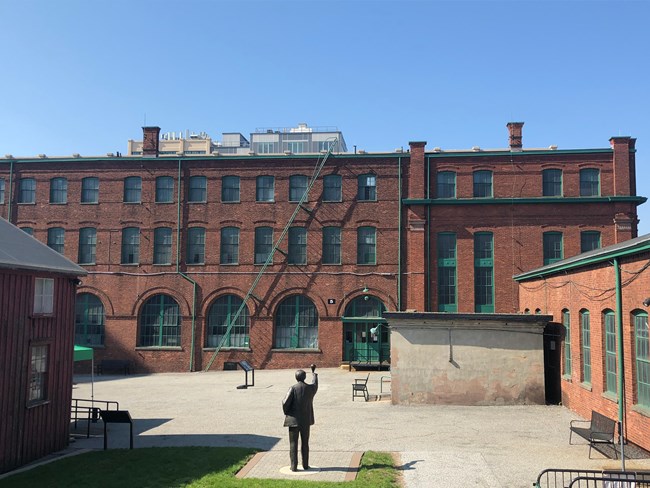
Things To Do
Visitors can tour the following visitor facility buildings at the Laboratory Complex and Glenmont Estate Grounds:
- Visitor Center (Building 1) which includes the park orientation film and the museum store.
- Main Laboratory Building (Building 5) which includes Thomas Edison’s library, machine shops, music room, and other exhibits.
- Glenmont Greenhouse where volunteers from the Short Hills Garden Club and park volunteers care for a variety of exotic plants like those grown by the Edisons’.
- Glenmont Garage which contains Thomas Edison’s historic vehicles. (Source: NPS)
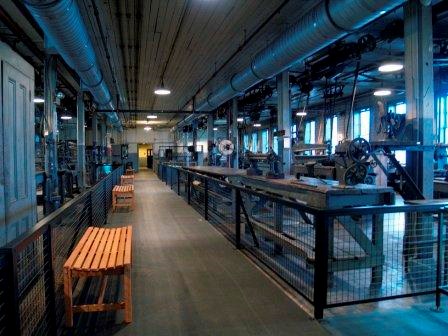
Learn More About The Wizard Of Menlo Park
One of the things that I love about researching and writing these articles is learning things I didn’t know. Hopefully, you, too, will learn things you didn’t know. For instance, did you know:
- In his youth, Thomas Edison built a chemistry lab on a train. Originally, he was selling candies and newspapers on the Grand Trunk Railroad. He then decided to set up a chemistry lab on the train. Not only that, but he build a printing press for his newspaper which he called
- Thomas Edison’s first invention was a vote-counting machine. Representatives could flip a switch and have their votes tallied electronically. Politicians didn’t like the idea, however, because it gave them no time for backroom deals. So much for election integrity!
- A museum claims to own Thomas Edison’s dying breath. The Henry Ford Museum, in Dearborn, Michigan, claims to have a test tube which contains Thomas Edison’s last breath.
To learn more about this extraordinary inventor, I recommend two excellent biographies. One is Edison by Edmund Morris. The other is The Wizard of Menlo Park: How Thomas Alva Edison Invented the Modern World by Randall E. Stross.
Check Out: List Of 128 BEST US National Monuments Ranked
11. Washington-Rochambeau Revolutionary Route National Historic Trail
The Washington-Rochambeau Revolutionary Route National Historic Trail is a network of roads and routes that trace the journey of General Washington and the French General Rochambeau during the American Revolution.
Here’s a brief overview of its history:
- 1781: In the summer of 1781, General Washington and General Rochambeau, along with their respective armies, traveled from Newport, Rhode Island to Yorktown, Virginia to participate in the decisive battle of the American Revolution.
- 1991: The trail was established as a National Historic Trail, becoming the first to commemorate the important role that the French played in the American Revolution.
- 2000s: Efforts have been underway to further preserve and interpret the trail, including the creation of interpretive centers, the marking of trail segments, and the promotion of educational programs.
Today, the Washington-Rochambeau Revolutionary Route National Historic Trail is a popular destination for history buffs and outdoor enthusiasts, offering opportunities for hiking, biking, and other forms of recreation, as well as a glimpse into the important role that the French played in the American Revolution.
Check Out: 10 BEST Revolutionary War Sites In America
Check Out Our Acadia National Park Film
MTJP | Acadia is the culmination of several weeks spent exploring Acadia National Park during peak fall color. This film is, in part, a celebration of Acadia’s upcoming centennial. It is dedicated to George Dorr.
Sculpted by Glaciers and landscaped by beavers, Acadia is full of wonderfully unique features. Rounded mountains, tranquil ponds, rocky coastline, & some of the most beautiful trails in the world comprise this marvelous wonder.
This film was shot entirely in 4K. Acadia National Park is unlike any other in the system sitting on Mt. Desert Island and the Schoodic Peninsula of Maine. We chose to film the park during Autumn due to it’s reputation as one of the best places to see fall foliage in the world. What we witnessed and captured did not dissapoint.
Acadia is a quieter National Park that features one of the most beautiful road systems of any of the National Parks and boasts the first point in the United States the sun touches each morning.
Some of the locations we captured include: Jordan Pond, Bass Harbor Head Lighthouse, Otter Cliffs, Cadillac Mountain, Beaver Ponds, Schoodic Peninsula, and more.
New Jersey National Parks FAQ
New Jersey is known for its beautiful beaches, casinos, entertaining boardwalks, and untouched nature. With its crucial role in American history and distinctive culture today, there is much to discover. New Jersey is also famous for its food.
The following is a list of must-see historic sites in New Jersey?
Thomas Edison National Historical Park
Morristown National Historical Park
Lower Delaware National Wild & Scenic River
Ellis Island
Paterson Great Falls National Historical Park
Washington-Rochambeau Revolutionary Route National Historic Trail
Appalachian National Scenic Trail
Grover Cleveland Birthplace
Allaire Village
Monmouth Battlefield
The Sterling Hill Mining Museum
William Trent House Museum
Weehawken Dueling Grounds
Absecon Lighthouse
Lambert Tower
Why Trust Us About New Jersey National Parks?
We’re Jim Pattiz and Will Pattiz, collectively known as the Pattiz Brothers (and sometimes the Parks Brothers) and we absolutely LOVE the national parks.
You should probably know that we don’t just make this stuff up out of thin air. We’ve spent our entire adult lives exploring and filming America’s national parks and public lands.
We’ve worked with the National Park Service, the Department of Interior, USDA, and the U.S. Forest Service for years creating films on important places and issues. Our work has been featured in leading publications all over the world and even some people outside of our immediate family call us experts on the national parks.
Meet The Parks Brothers
Map Of New Jersey National Parks
List Of New Jersey National Parks
- Appalachian National Scenic Trail
- Delaware Water Gap National Recreation Area
- Ellis Island
- Gateway National Recreation Area
- Great Egg Harbor River
- Lower Delaware National Wild & Scenic River
- Morristown National Historical Park
- New Jersey Pinelands National Reserve
- Paterson Great Falls National Historical Park
- Thomas Edison National Historical Park
- Washington-Rochambeau Revolutionary Route National Historic Trail
We Hope You’ll Follow Our Journey

Our goal here at More Than Just Parks is to share the beauty of America’s national parks and public lands through stunning short films in an effort to get Americans and the world to see the true value in land conservation.
We hope you’ll follow our journey through the parks and help us to keep them the incredible places that they are. If you’re interested in joining the adventure then sign up below!
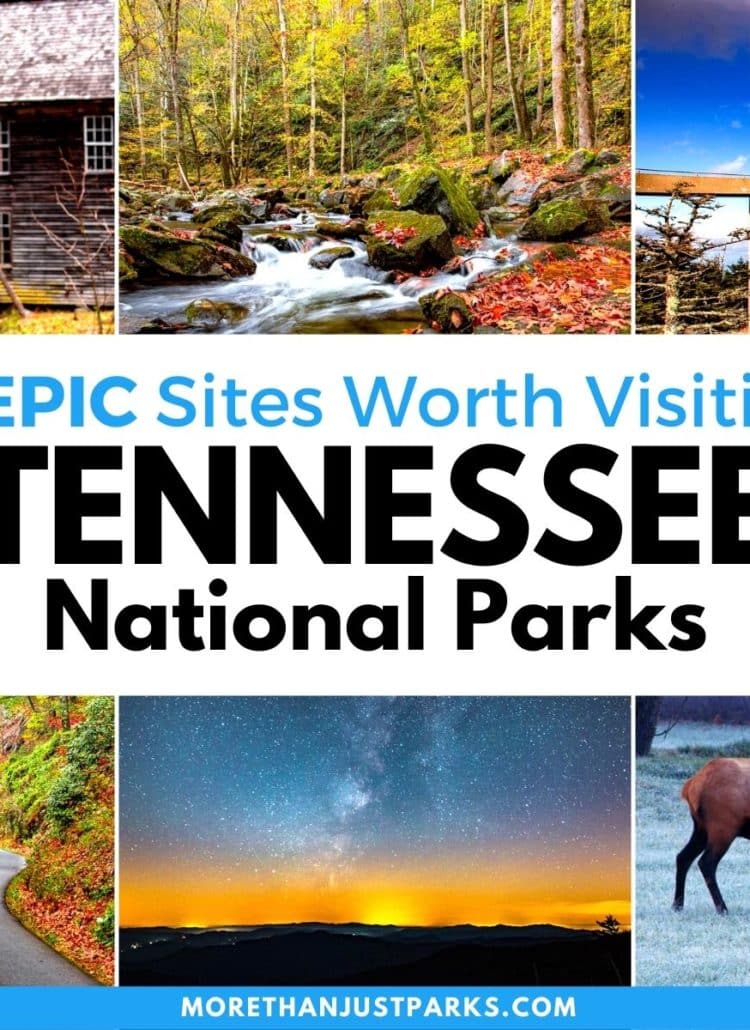

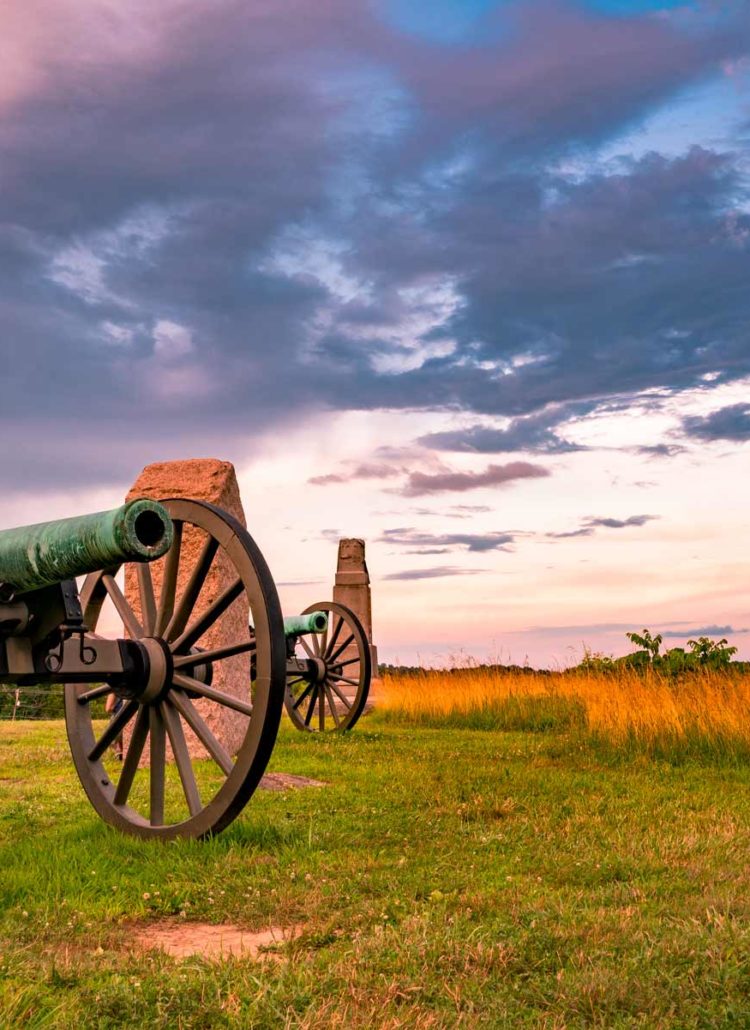
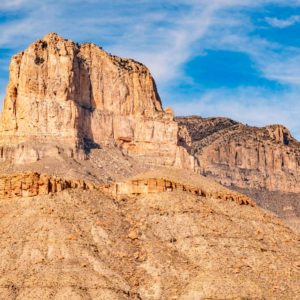

Leave a Reply